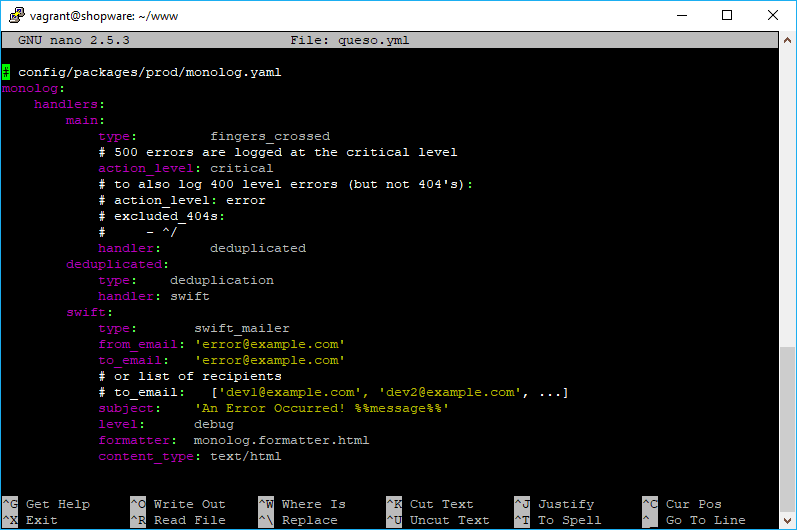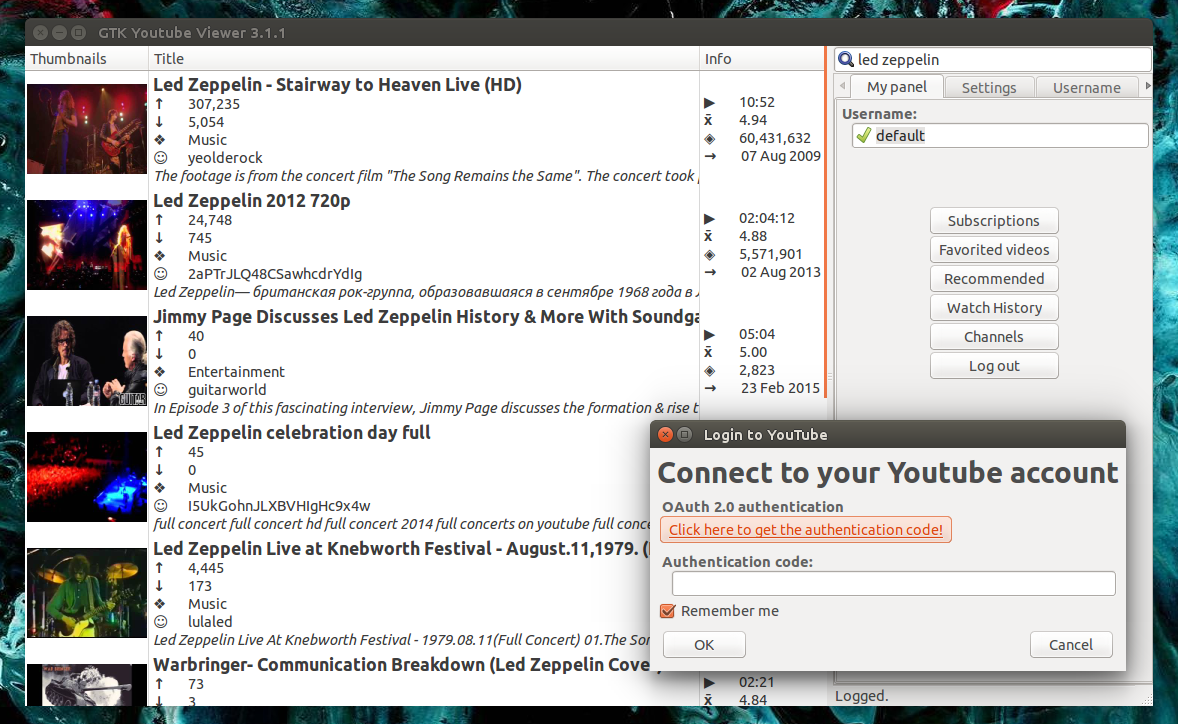

It’s easy to use and offers a myriad of keyboard shortcuts, which are useful when writing in a computer’s CLI (Command Line Interface). GNU Nano is the native text editor of most Linux distros. Under the Menu, go to Preferences, then choose Recommended Software. The first one is by accessing the Menu on the top left side of your desktop. There are two ways you can install Mu in your system. Installing Muīefore you install Mu, make sure your Raspberry Pi OS is up to date by entering sudo apt-get update and sudo apt-get dis-upgrade in the command line. It is known for being easy-to-use as its target users are beginner users, just like the Raspberry Pi. Mu is a text editor, and an IDE (Integrated Development Environment) especially made for Python programming. In this tutorial, we are going to explore Mu and Nano as a quick demonstration of graphical editors and command-line editors. Some of the command-line editors you can use on a Raspberry Pi are: As an alternative to the point-and-click interface of graphical editors, command-line editors use keyboard shortcuts.

Because unlike desktop graphical editors, command-line editors can be used with only a keyboard. These make them more convenient for embedded applications. Some of the desktop graphical editors that you can use on a Raspberry Pi are:Ĭommand-line editors, as you may have guessed, can only be accessed via the command line. More importantly, the main difference between graphical editors and the following kind is that they require both mouse and keyboard to operate properly.

They are the ones you see on the start menu, but they can be accessed via terminal as well. These are the text editors you’re probably aware of. Desktop graphical editors are text editors that have a GUI (Graphical User Interface).


 0 kommentar(er)
0 kommentar(er)
